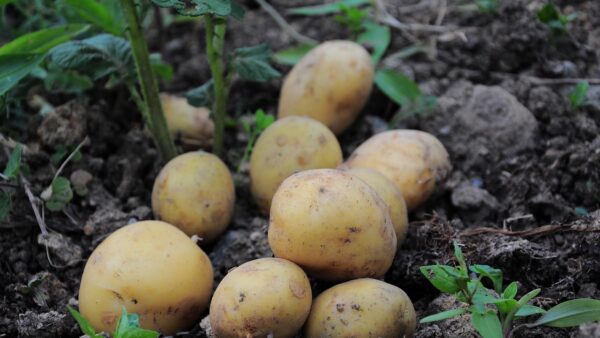Technology is advancing faster than we could imagine just a few years ago. I used to rely on search engines to find information. Nowadays, I open ChatGPT and learn what I need to know in seconds.
Agriculture is also advancing quickly and, more and more, the world is relying on Latin American (LATAM) farmers to provide important food crops like bananas, cocoa, coffee and sugar cane. This global interconnectedness has many benefits, but it also means that pathogens are spreading more rapidly while climate change is bringing its own challenges.
I strongly believe it’s critical for LATAM plant breeders to accelerate the development of their regionally unique crops. They can’t afford to wait for researchers in well-funded institutions elsewhere to decide, “I’ll improve bananas.” There isn’t time for that. Specialty and orphan crops from our region are already being researched in other parts of the world, creating opportunities there. Meanwhile, in LATAM, where these crops are an integral part of our agriculture, culture, and diet, progress is often stalled due to funding gaps and limited access to technology. We have the right people to do the work; we just need the right resources to drive innovation.
One way to speed up development is to adopt advanced seed breeding technology.
During the many meetings I’ve had over the past year, I’ve discovered that 95 per cent of LATAM plant breeders are using Microsoft Excel to track their data.
When I was a PhD student at the University of Alberta, I mostly relied on Excel for field data collection and transferred my data between different software programs for analysis. When I began working in private industry, I was told I needed to learn specialized plant breeding software. For a whole year, I resisted, but one day I decided to try it. It worked like magic.
Why had I been so reluctant to try plant breeding software? I think it’s because our brains are trained to resist new things. Once I saw for myself there was a more efficient way to collect, organize and analyze my data, I stopped using Excel for that purpose. Plant breeding software is specifically designed to operate within a centralized database, ensuring consistency, continuity and efficiency over years and across regions. It also protects intellectual property by recording changes in the database and who made them.
I’m passionate about bringing advanced plant breeding technology to LATAM despite the challenges associated with language barriers, crop differences and economics. While many companies believe they can’t afford it, in reality, adopting this technology pays for itself over the long run.









